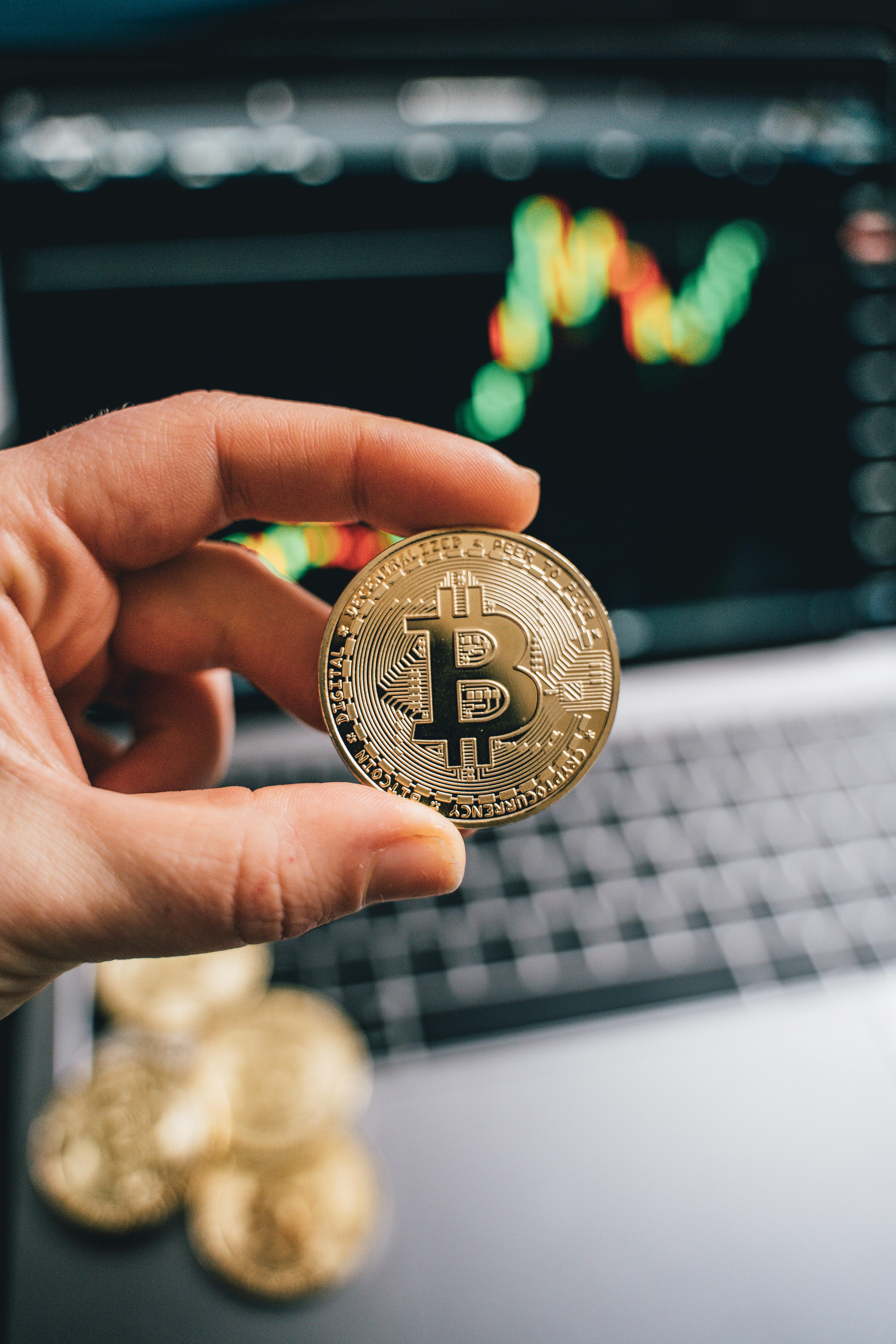Following the much-anticipated Bitcoin halving on the 19th of April 2024, many crypto investors are asking themselves how to trade Bitcoin after the halving. Bitcoin and popular altcoins such as Ether, Solana, and Ripple have subsequently experienced a significant slump in value, with big-daddy Bitcoin itself dropping some 11% in value in 24 hours on the 1st of May. Whilst crypto experts and analysts are not overly concerned about Bitcoin’s long-term performance over the coming twelve months, such a sharp drop in value could prove to be problematic among traders looking to make quick gains from Bitcoin. On the other hand, many traders and investors see price drops as a golden opportunity to pick assets up at a more economical price and hold in anticipation of an eventual rise.
Each trader and investor applies their own strategy and methods to trading crypto, depending on their experience with the market, the time they have available, and their long-term goals. In this article, we take a look at some of the most common trading and investment strategies based around Bitcoin’s four-year halving cycle to offer an insight into the impact the most significant event on the crypto calendar can have on crypto portfolios.
What is the Bitcoin halving?
The Bitcoin halving sometimes referred to as “the halvening”, is an event that has happened approximately every four years following the launch of the original crypto, Bitcoin, in 2009. Upon each halving event, the reward paid to miners for validating transactions on the blockchain is halved. In 2009, miners were paid 50 BTC per complete block of validated transactions, which at the 2012 halving was cut to 25 BTC. In 2016, their reward was cut again to 12.5 BTC, and so on, until the most recent halving on the 19th of April 2024, at which point miners’ reward was slashed to 3.12 BTC.
The halving happens approximately every four years, the time it takes for 210,000 blocks to be added to the Bitcoin blockchain. This mechanism was written into Bitcoin’s protocol by Satoshi Nakamoto, Bitcoin’s creator, and is designed to ensure its scarcity and deflationary tokenomics. Indeed, historically, following each of the past three halving events (not including 2024), as the amount of Bitcoins that enter into circulation has decreased, the value of a single Bitcoin has increased significantly. These increases have, more often than not, taken a year to peak, demonstrating that the principle of scarcity has been instrumental in impacting Bitcoin’s value.
4 trading strategies for the Bitcoin halving cycle
The four-year Bitcoin halving cycle can be roughly broken down to encompass 4 main trading phases, in which traders and investors may choose to apply a specific strategy according to the patterns and trends Bitcoin has followed in the past. Given there are only 16 years of Bitcoin history on which to base these patterns, these strategies should not be used in isolation, but supported by knowledge and research surrounding the general state of the economy at the time of each trade.
Pre-halving: The first strategy of the Bitcoin cycle begins with pre-halving preparation when traders and investors decide to capitalize on the volatility of the crypto market, fuelled by anticipation and speculation of a potential bull run following the halving.
Post-halving bull run: In the past, following each halving, Bitcoin and other popular altcoins have experienced an upward trend driven by the reduction in mining rewards. This can offer traders and investors the opportunity to invest in Bitcoin and other promising altcoins that tend to follow Bitcoin’s rises and falls in value, for long-term gains.
Spotting the peaks: Any market, whether its stocks, bonds, or crypto, is driven in part by sentiment and emotion. During a bull run, when prices rise continuously, the euphoria surrounding increasing values can lead to overconfidence and emotion-driven acquisitions. It is at this point that some traders and investors may choose to sell a portion of their assets in anticipation of a potential crash in value, a scenario that has played out several times over Bitcoin’s short lifetime. This may also be a good time to implement automatic stop-loss orders, a feature offered by Limitlex, to ensure accumulated assets do not lose all their value if traders take their eye off the market during a sudden downturn.
Accumulation: Should the market experience a correction and a bear market ensues, traders and investors may decide to start accumulating assets once again at a lower price. This is often a strategy implemented by long-term investors, who seize the opportunity to build up their portfolio and lay the groundwork for future profits as anticipation grows as the next halving event approaches.
Exercise caution
Bitcoin halving events offer lucrative opportunities for traders and investors. However, given the inherent volatility that characterizes the crypto market, traders are encouraged to implement robust risk management strategies to protect their portfolios as far as possible, such as stop-loss orders, using a reputable and secure wallet, and portfolio diversification by investing in altcoins and new projects. Traders and investors should understand the halving's historical trends and potential impact in order to optimize the decision-making process and trade amidst inevitable market fluctuations.
To learn more and start trading with Limitlex, visit limitlex.com.



